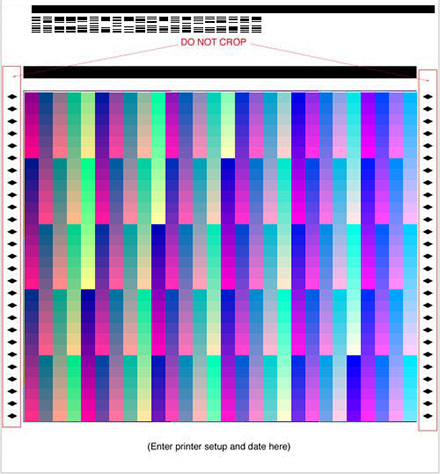

These files are specific to printers and paper types. The ICC profile serves as a conduit between your printer and monitor. Employing ICC profiles to translate all that information.Calibrating your printer (figuring out what it's capable of doing).Calibrating your monitor (figuring out what it's capable of doing).Simply put, color correction requires three parts: This is the generalized description for the concept of color correction. The color red has the RGB value 255, 255, 255 for red, green, blue on each monitor, so why did all those screens look different? To make them look alike, each monitor would have to know what it's capable of doing, and then all the monitors would have to adjust their various color "recipes" to match. In addition to differences among manufacturers, we'd see differences based on the ages of the various monitors. When I worked in a classroom environment, I demonstrated this principle by asking each student to make his or her desktop wallpaper the default red color, and then I'd have all the students stand in the back of the room and look at the variations of red on all those computer screens. Now let's think for a moment about how we see color on a monitor. You might choose the proportion of each ingredient based on its properties, using more of a weak chicken broth, less of a very strong pepper, and so on. The ingredients are definedchicken broth, tomato, and pepperbut not the measurements. That soup would taste drastically different from the first variation. Other people might go with very concentrated chicken stock, fresh tomato paste, and cayenne pepper.
ADOBE ICC PROFILES FOR MAC CRACKED
Some might decide to use very thin chicken broth, very weak tomato sauce, and cracked black pepper. Just go with it for now.) With this limited amount of information, different people can come up with multiple variations on tomato chicken soup. Suppose you're asked to cook up some tomato chicken soup, using three basic ingredients: chicken broth, tomato, and pepper. The problem is that all these things came together without a key componentcalibration.

The problem isn't you, your printer, or your computer.

Then you actually get the printand you wonder why you bothered. All the fruits of your labor have come together to create this single image, and you can't wait to see the output from the printer. You bought a fantastic camera and a great computer, and now you've shot a wonderful picture. You spend the majority of your weekend tweaking a photo that you worked tirelessly to capture. Get Your Photography on the Web: The Fastest, Easiest Way to Show and Sell Your Work


 0 kommentar(er)
0 kommentar(er)
